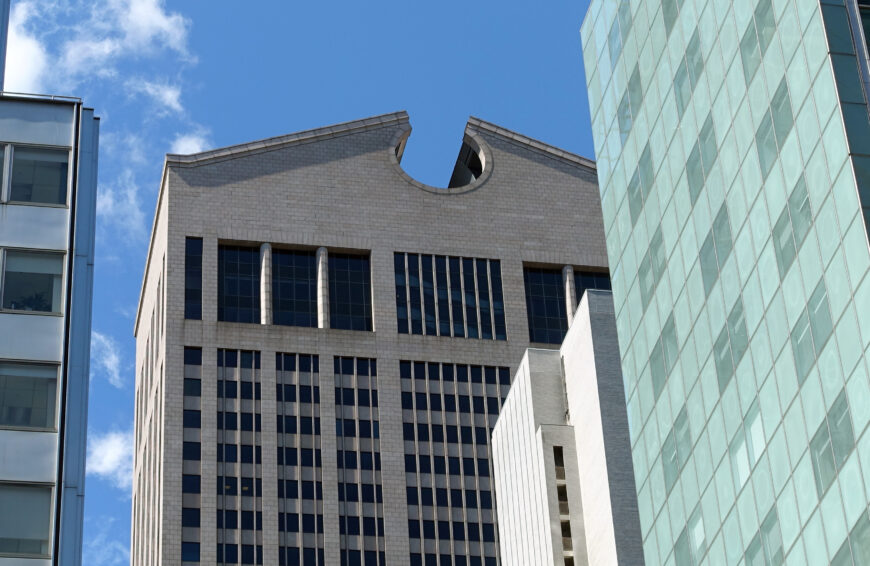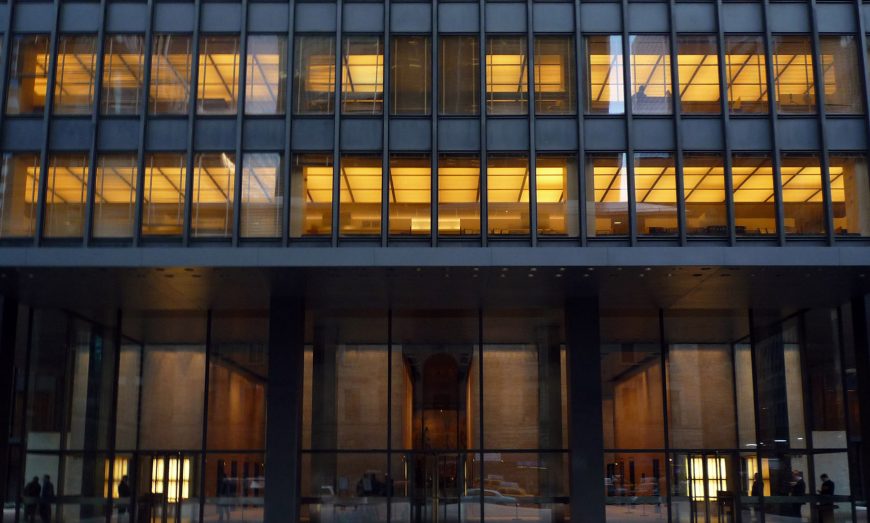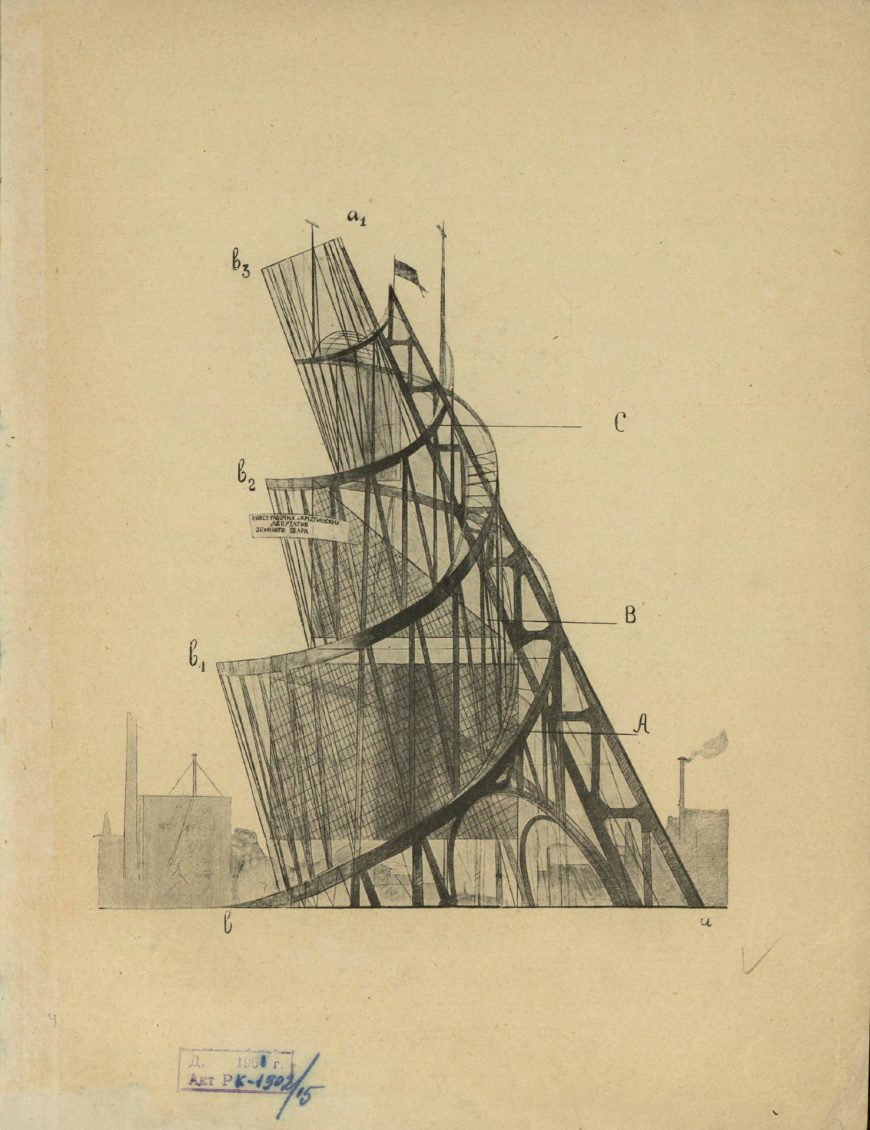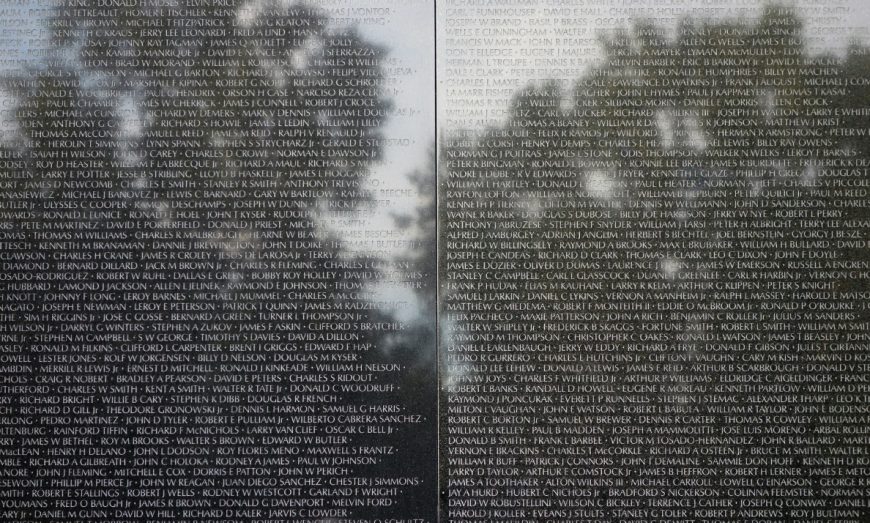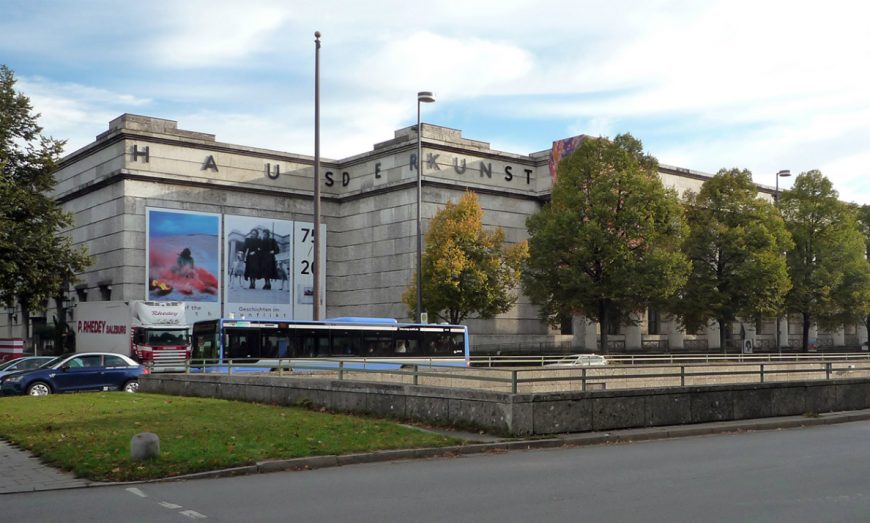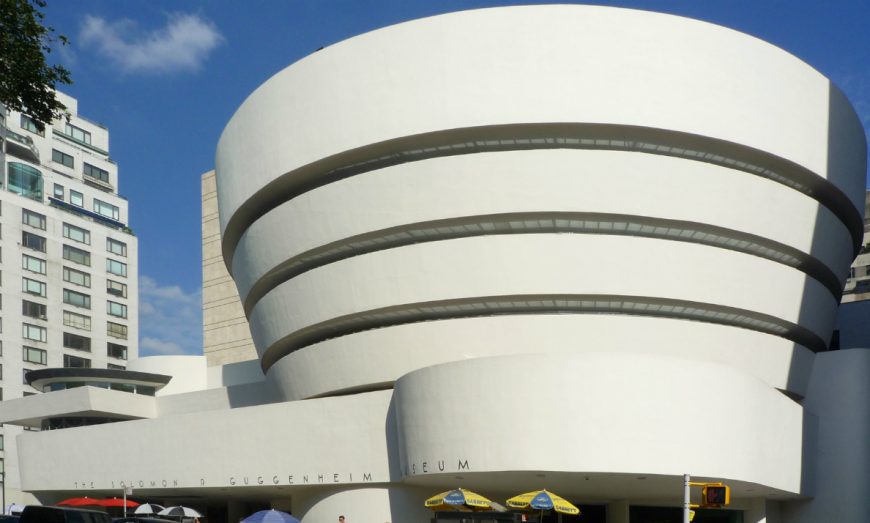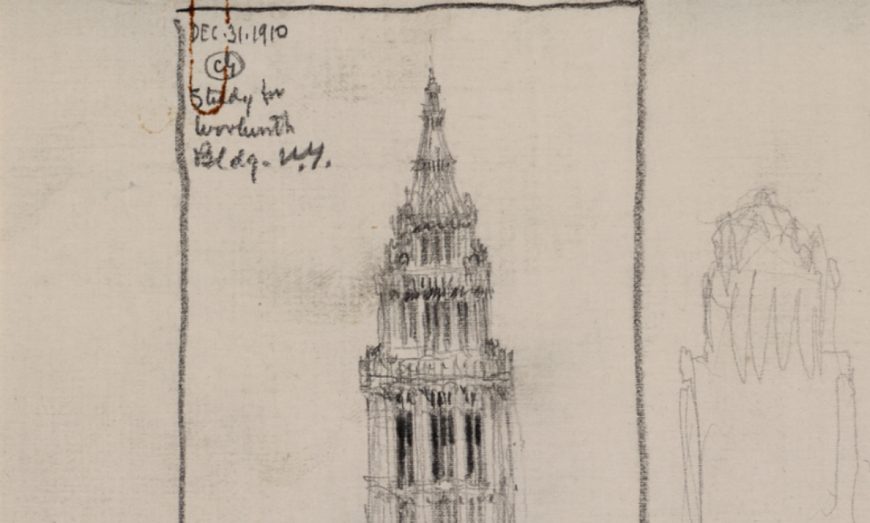This building is a beautiful testament to Wright’s vision of affordable and unique domestic architecture.
Frank Lloyd Wright, Bachman-Wilson House (originally built on the bank of the Millstone River, New Jersey, now on the campus of Crystal Bridges Museum of American Art, Bentonville), 1956. Speakers: Alan Meyer, volunteer, Crystal Bridges Museum of American Art and Steven Zucker


